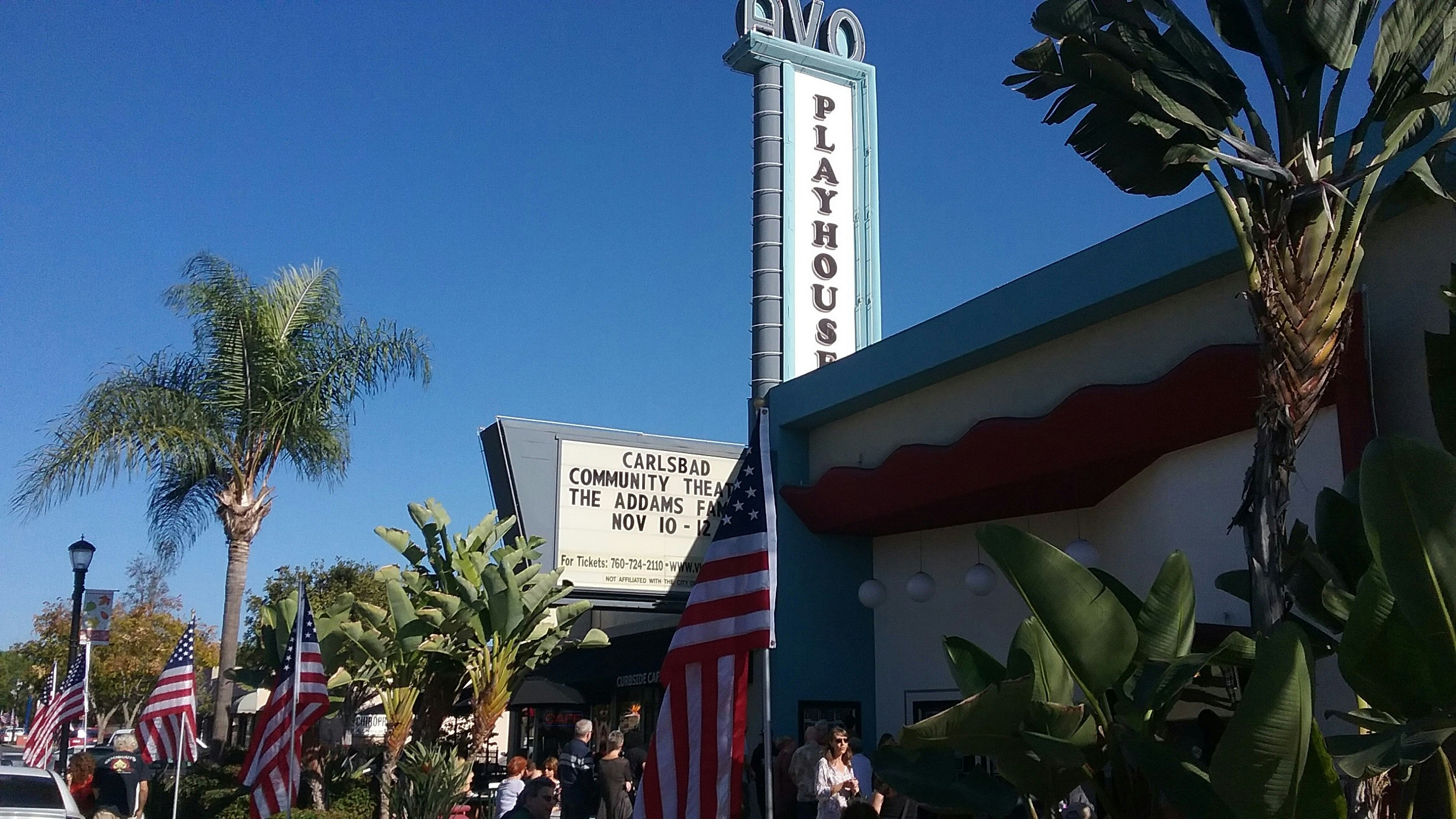Rush Reunites: A Celebration of Legacy and Return to the Stage

Photo by Desi Mendoza on Unsplash
Introduction to Rush and Their Musical Legacy
Formed in 1968 in Toronto, Canada, Rush emerged as one of the most influential rock bands in the history of music. The original lineup consisted of Geddy Lee, Alex Lifeson, and Neil Peart, whose combined talents laid the foundation for a distinctive sound that incorporated elements of hard rock, jazz, and progressive music. Their innovative approach to composition and musicianship set them apart, allowing them to carve a niche that resonated with a wide audience.
Rush’s rise to fame began in the 1970s with the release of their self-titled debut album, which showcased their early hard rock roots. However, it was their 1976 album, “2112,” that truly catapulted them into the spotlight, featuring a side-long title track that told a dystopian story, a hallmark of their lyrical style. This album signified a turning point in their career, as it established them as pioneers of progressive rock, blending intricate musical arrangements with thought-provoking lyrics.
The themes explored in Rush’s music often delve into philosophy, science fiction, and individualism, drawing from influences such as Ayn Rand and the works of various literary figures. This has not only resonated with fans but has also inspired countless musicians across various genres. The band’s unique sound, characterized by intricate guitar riffs, complex drumming, and synthesized elements, is a testament to their versatility and innovation within the music industry. Over the decades, Rush has garnered a loyal following and critical acclaim, earning numerous awards, including induction into the Rock and Roll Hall of Fame in 2013. Their enduring legacy continues to influence a new generation of artists, solidifying Rush’s place in the annals of rock history.
The Announcement: A Surprise Reunion
In a move that caught many off guard, surviving members Geddy Lee and Alex Lifeson made a stunning announcement during a recent invitation-only event, revealing their plans for a reunion tour. The intimate gathering, held in a small venue adorned with memorabilia from their illustrious career, fostered an atmosphere of excitement and nostalgia. It was a moment marked by anticipation, as fans and fellow musicians alike waited with bated breath to hear what the legendary duo had to share.
As Lee and Lifeson took to the stage, the room erupted in applause and cheers, a testament to the enduring legacy of Rush. The announcement of their return after a decade-long hiatus from touring resonated deeply, not only with those in attendance but with fans around the globe. Having last performed together in 2015, the news prompted an overwhelming response on social media, with hashtags related to the reunion trending almost immediately. Long-time enthusiasts of the band expressed their joy and disbelief, while newer fans marveled at the opportunity to witness these iconic musicians back in action.
The significance of this reunion cannot be understated. For many, Rush has been a cornerstone of progressive rock, and the band’s hiatus has left a noticeable void in the music landscape. Lee and Lifeson’s reunion not only marks a return to the stage but also signifies a broader resurgence of classic rock acts embracing new performances. The legacy of Rush remains unbroken, and the chance for fans to experience live renditions of their beloved songs enhances the excitement surrounding this announcement.
This combination of camaraderie, reverence for their past, and a forward-looking perspective promises to breathe new life into the band’s remarkable journey, making it a moment worth celebrating for both the members and their dedicated fans.
Honoring Neil Peart: The Heart of Rush
Neil Peart, the legendary drummer and lyricist of Rush, was more than just a member of the band; he was the very heartbeat that drove its creative spirit. His remarkable drumming prowess, paired with his intricate and thoughtful lyrics, established him as a unique figure in the music community. Peart’s contributions transcended the confines of percussion; he wove narratives reflective of philosophy, personal struggle, and the human experience into the fabric of Rush’s music. Songs such as “2112” and “The Spirit of Radio” showcase not only his technical skill but also his ability to engage listeners with meaningful storytelling.
Following Peart’s passing in January 2020, the music world mourned the loss of an innovator whose influence stretched far beyond the band’s extensive discography. Peart’s dedication to his craft and his collaborative spirit profoundly impacted bandmates Geddy Lee and Alex Lifeson, who expressed their grief and appreciation for Peart’s talent. In the face of such a significant loss, the planned reunion of Rush serves to celebrate his legacy, ensuring that his contributions are never forgotten. Lee and Lifeson, while reflecting on their friendship with Peart, acknowledged the void his absence has left in their lives and the band’s dynamic.
This reunion is not merely a nostalgic return to the stage but a heartfelt tribute that underscores Peart’s legacy. It is an opportunity for both the band and fans to reminisce about the profound impact his artistry has had on music and culture. In reliving the moments that made Rush a household name, both Lee and Lifeson aim to honor Peart’s memory and solidify his enduring influence in the world of rock music, ensuring that the spirit of Neil Peart continues to resonate with generations to come.
Plans for the Tour: What to Expect
As anticipation builds for Rush’s upcoming concert tour, fans can look forward to a remarkable return to the stage. Scheduled to launch in the spring of 2024, the tour is expected to span multiple cities across North America, starting with performances in major metropolitan areas such as New York City, Los Angeles, and Toronto. With a mix of large arenas and iconic venues, Rush aims to create an unforgettable experience for their dedicated fanbase.
While specific dates are yet to be confirmed, the touring schedule aims to allow ample time for fans to prepare and arrange their attendance. It is rumored that the setlist will feature a blend of classic hits and fan favorites, possibly drawing from their extensive catalog spanning several decades. Expect songs like “Tom Sawyer,” “The Spirit of Radio,” and selections from both their classic and progressive rock eras. In addition, attendees may be treated to lesser-known tracks and deep cuts that have shaped the band’s legacy over the years.
The stage design is anticipated to be a visual spectacle that complements Rush’s musical prowess. Fans can expect innovative lighting and stunning visuals that enhance the sound experience, creating an atmosphere that resonates with the band’s artistic vision. Furthermore, the concert experience may include surprise guest appearances and collaborations with fellow musicians, celebrating the interconnectedness of rock music across generations.
Overall, this tour promises to be a celebration not just of Rush’s storied history but also of their enduring legacy in the world of music. As they prepare to reunite with their fans, the excitement surrounding Rush’s return is palpable, making this a highly anticipated event in the concert calendar.
Fan Reactions: The Excitement and Nostalgia
The announcement of Rush’s return to the stage has sparked an overwhelming reaction from fans around the world, merging excitement with a deep sense of nostalgia. Social media platforms have become vibrant arenas where fans are sharing their anticipated feelings, insights, and reflections on what Rush has meant to them over the years. The hashtag #RushReunites rapidly gained traction on Twitter, illustrating the magnitude of enthusiasm among the fanbase. Many users expressed a mix of disbelief and elation, reminiscing about concerts they attended decades ago, with shared videos and photos amplifying these cherished memories.
Longtime followers of Rush have taken to various forums and communities to express their personal stories associated with the band’s music. From celebratory moments to foundational life experiences, the emotional responses are palpable. Testimonials describe life milestones marked by memorable Rush songs—weddings where “The Spirit of Radio” played as the couple’s first dance, or graduations celebrated with the rousing sounds of “Tom Sawyer.” Such narratives underscore the profound impact the band has had on their lives, reinforcing the connection between the music and personal identity.
Moreover, the collective anticipation stems from the band’s legendary status in the rock genre. For many fans, the prospect of witnessing Rush live once more evokes memories of camaraderie with fellow admirers, recapping unforgettable concerts where the energy was electric. The acknowledgment of Rush’s storied legacy is evident in the band’s influence on subsequent generations of musicians who cite them as a significant inspiration. This return is viewed not just as a reunion but as a revival of a shared cultural experience, encapsulating the essence of community brought together by music.
The Journey Since Their Last Tour
Since concluding their last tour a decade ago, Rush has traversed distinct yet notable paths while continuing to influence the music landscape. The hiatus allowed members Geddy Lee and Alex Lifeson to explore separate artistic pursuits and personal projects, showcasing their versatility beyond the hard rock sphere for which they are renowned.
Geddy Lee focused on various endeavors including solo musical projects and literary pursuits. In 2020, he published his memoir, “Geddy Lee’s Big Beautiful Book of Bass,” which received critical acclaim and was characterized by an in-depth exploration of his musical influences and instrument mastery. His passion for music education also blossomed, as he participated in numerous virtual events engaging with aspiring musicians and sharing insights gleaned from an illustrious career. Furthermore, his solo musical ventures, though limited, have been met with enthusiasm, indicating a continued desire to connect with fans on an individual level.
On the other hand, Alex Lifeson redirected his energies toward various collaborative projects during the band’s hiatus. He delved into solo work, culminating in his involvement with the band Envy of None, which saw the release of their self-titled album in 2022. This venture allowed Lifeson to experiment with different genres while maintaining his distinctive guitar style. His collaborations with other artists have also been well received, allowing him to remain an integral part of the contemporary music scene.
Both Geddy Lee and Alex Lifeson’s journeys, rich with exploration and artistic growth, have paved the way for their much-anticipated reunion. The members have not only honed their craft during this period but have also kept the spirit of Rush alive, ultimately setting the stage for their return to the spotlight with a renewed vigor.
The Evolution of Rush’s Music and Audience
Rush, a Canadian rock trio formed in 1968, has undergone a remarkable transformation in their musical style over the decades. Initially rooted in hard rock, their early albums showcased powerful guitar riffs and compelling lyrics, resonating with the rock and roll ethos of the time. As the 1970s progressed, the band embraced progressive rock elements, incorporating complex time signatures, elaborate song structures, and intricate arrangements. Albums such as “2112” and “A Farewell to Kings” highlighted their growth as musicians, pushing the boundaries of rock and establishing their identity beyond conventional genre classifications.
With the advent of the 1980s, Rush’s sound evolved again, pivoting towards a more synthesized, accessible form of rock. The release of “Moving Pictures” marked a significant milestone, featuring hits that showcased their ability to blend progressive rock with radio-friendly sensibilities. This shift led to a substantial increase in their fan base, capturing the attention of listeners who may not have engaged with their earlier, more complex works. As their music diversified, so did their audience demographic, bringing together fans from various backgrounds and age groups.
As the years passed, even as Rush continued to innovate their sound and experiment with new themes, they maintained a loyal following. The band’s ability to connect with audiences across generations is a testament to their timeless appeal. Young listeners have discovered Rush through digital platforms, often encouraged by older fans who hold the band in high regard. This cross-generational engagement reflects the richness of Rush’s musical legacy; their songs, infused with philosophical undertones and relatable narratives, resonate with both millennials and those who listened to them during their prime. The recent reunion suggests a lasting bond between the band and their fans, affirming the enduring impact of Rush’s music in contemporary culture.
Legacy of Rush: Their Influence on Future Generations
Rush, the iconic Canadian rock trio, has left an indelible mark on the landscape of contemporary music, with their complex compositions, thought-provoking lyrics, and technical proficiency serving as a source of inspiration for countless artists across various genres. Rooted in progressive rock, their sound has transcended stylistic boundaries, influencing many within the realms of rock and metal. Bands and musicians such as Dream Theater, Foo Fighters, and Coheed and Cambria have openly acknowledged the profound impact Rush has had on their music, underscoring the band’s pivotal role in shaping modern musical trends.
The intricate arrangements and musicianship demonstrated by Rush have set a standard for future generations of musicians. For example, the band’s ability to seamlessly integrate diverse musical elements—from jazz to heavy metal—has encouraged aspiring artists to explore their own creativity without being confined by traditional genre limitations. Moreover, the thematic depth of Rush’s lyrics, often delving into topics such as philosophy, science fiction, and personal introspection, resonates with many contemporary songwriters who strive to convey similar complexities within their own work.
As the music industry continues to evolve, the resurgence of Rush through recent reunions serves as a powerful reminder of their lasting legacy. For both long-time fans and new listeners, the band’s continued presence is a testament to the timelessness of their artistry. Their influence can be observed in various aspects of the modern musical landscape, including the resurgence of progressive elements in rock and alternative genres, often at odds with more simplistic pop structures. In this regard, Rush not only paved the way for the techniques and explorations of today’s artists but also continues to inspire the next generation of musicians to push boundaries and embrace complexity in their own creations.
Conclusion: A New Chapter for Rush
The remarkable reunion of Rush marks a significant milestone in the band’s storied history. As they step back into the limelight, this occasion serves as a celebration of their enduring legacy and creative journey. For a group that has spent decades shaping the landscape of progressive rock, their return is not merely a revival but an opportunity to rekindle relationships with their loyal fan base while forging new connections with younger audiences. The reverberations of their music continue to inspire countless musicians and fans alike, transcending generations.
This new chapter for Rush is imbued with themes of remembrance and continuity. Reflecting on their illustrious past allows both the band and their supporters to honor the timelessness of their artistry. As Rush reconnects with one another on stage, they are not only revisiting iconic songs but also the rich narratives that accompany them. This journey is collectively shared — it is a mutual celebration of the memories forged through music that has transcended time.
The implications of Rush’s reunion extend beyond the band itself; it encapsulates a broader message about resilience and the power of music as a unifying force. In re-establishing their presence, Rush reinforces the idea that their story is far from over. Future performances are bound to evoke nostalgia, yet they might also pave the way for new creative endeavors. Fans can anticipate an evolving relationship with the band as they explore the landscape of new possibilities together.
In culmination, the return of Rush to the stage signifies a renewed commitment to their craft, a celebration of their collective journey, and an optimistic outlook towards the future. This reunion is not just a moment; it is the beginning of a new narrative that honors the past while eagerly embracing what lies ahead.





